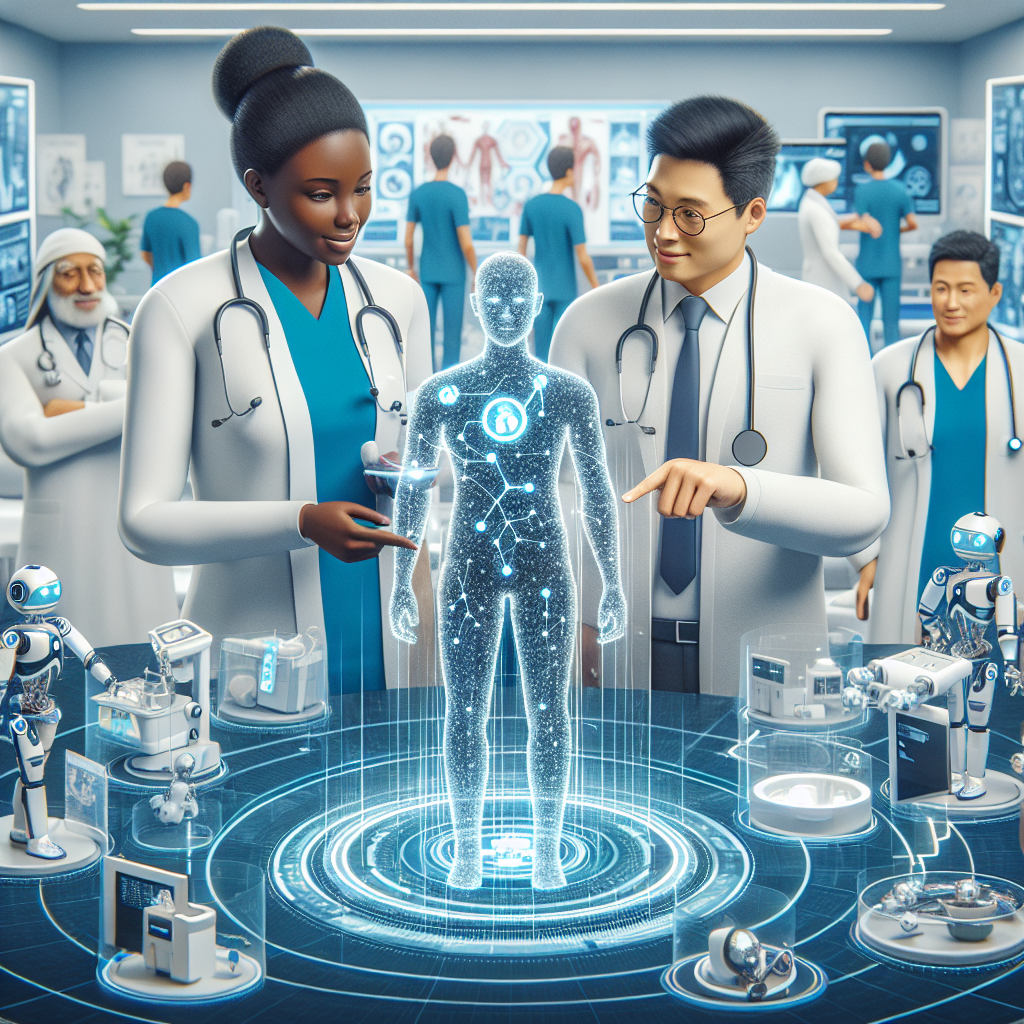AI-Driven Human-Centered Healthcare Leadership
When Florence Nightingale used statistics to improve sanitation during the Crimean War, she not only revolutionized nursing but also illustrated how technology combined with empathy could transform healthcare. In the 21st century, we find ourselves at a similar crossroads—only now, the transformative force is artificial intelligence. AI-driven human-centered healthcare leadership is ushering in a new era where compassion and cutting-edge technology converge to radically improve patient outcomes, provider experiences, and system-wide efficiency.
The Dual Power of AI and Empathy
AI can automate diagnostics, predict disease outbreaks, and personalize treatment plans with laser precision. But without human-centered leadership guiding its application, AI risks becoming detached from the very individuals it aims to help. The key lies in leadership that balances data-driven decisions with genuine compassion for the human experience.
Effective leaders in this space understand that while AI analyzes symptoms, humans treat patients. They help healthcare teams use technology not just to do more, but to care more. By centering initiatives around people—patients, clinicians, and communities—leaders drive adoption of AI tools in ways that enhance rather than complicate the healthcare journey.
Building Ethical Infrastructure for AI Integration
As AI becomes embedded in clinical workflows, healthcare leaders must ensure that ethics, privacy, and transparency underpin every implementation. Singapore’s Ministry of Health, for example, is setting a regional standard for ethical AI deployment through robust data governance and workforce upskilling. This model of ethical, human-centered leadership sets the tone for other countries in Asia and beyond.
Key traits of ethical AI-driven leadership include:
- Inclusivity: Designing solutions for diverse populations to minimize algorithmic bias.
- Transparency: Ensuring explainability of AI choices, especially in diagnostics and treatment planning.
- Collaboration: Involving clinicians, technologists, and patients in co-creating AI policies and tools.
Empowering the Workforce Through AI
AI shouldn’t replace clinicians but empower them. Human-centered leaders focus on how AI can take over repetitive tasks and free up time for providers to focus on what they do best—healing. For example, AI can automate administrative duties, allowing doctors and nurses to focus more on patient interaction.
Training and upskilling are essential. Countries like South Korea and Australia are already investing heavily in digital literacy programs and AI bootcamps for healthcare professionals. These initiatives foster a culture of continuous learning and innovation, essential to the success of AI integration.
Looking Ahead: Reshaping Healthcare from the Core
AI-driven human-centered healthcare leadership doesn’t simply involve adopting cutting-edge tools—it demands a cultural shift. Leadership must shift from purely operational to deeply empathetic, guiding AI adoption in a way that prioritizes well-being, inclusivity, and equity.
Ultimately, the future of healthcare in the AI age depends not on the capabilities of machines, but on the wisdom and heart of those leading the change.
For further insights into global innovation in this space, explore this article on human-centered healthcare leadership in Asia.

